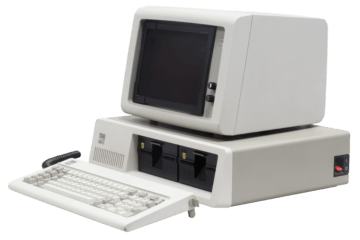by Jochen Szangolies

The year 2021 marks the 40th anniversary of the introduction of IBM’s first Personal Computer (PC), the IBM 5150. Since then, computers have risen from a novelty to a ubiquitous fixture of modern life, with a transformative impact on nearly all aspects of work and leisure alike.
It is perhaps this ubiquity that prevents us from stopping to ponder the essentially mysterious powers of the computer, the same way a fish might not ponder the nature of the water it is immersed in.
By ‘mysterious powers’, I don’t mean the impressive capabilities modern computers offer, in terms of, say, data storage and manipulation—while it is no doubt remarkable that even consumer grade devices today are able to beat the best human players at chess, and the engineering behind such feats is miraculous, there is nothing mysterious about this ability.
No, what is mysterious is instead the feat of computation itself: a computer is, after all, a physical object; while a computation, say something straightforward like calculating the sum of two numbers, operates on abstract objects. Therefore, the question arises: how does the computer qua physical system connect to abstract objects, like numbers? Does it reach, somehow, into the Platonic realm itself? To the extend that computers can use the result of computations to drive machinery, they seem to present a bridge by which the abstract can have concrete physical effects. Read more »
